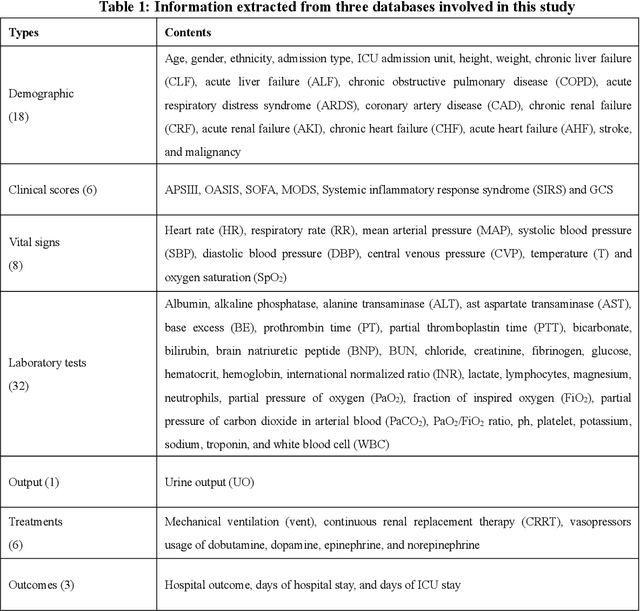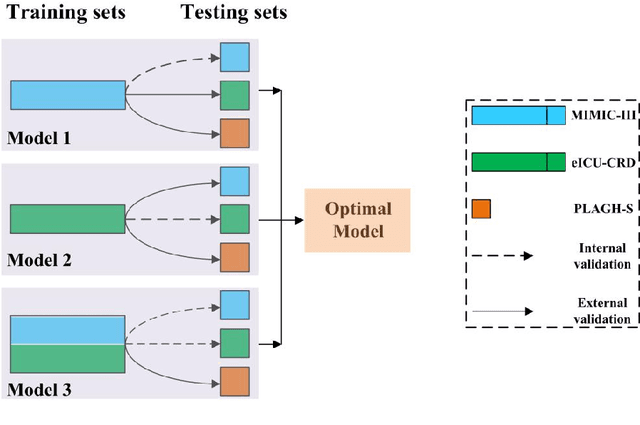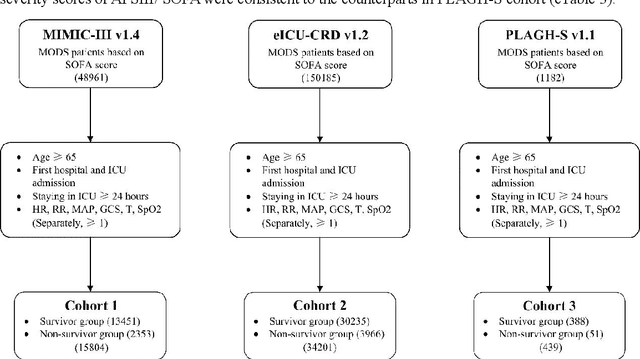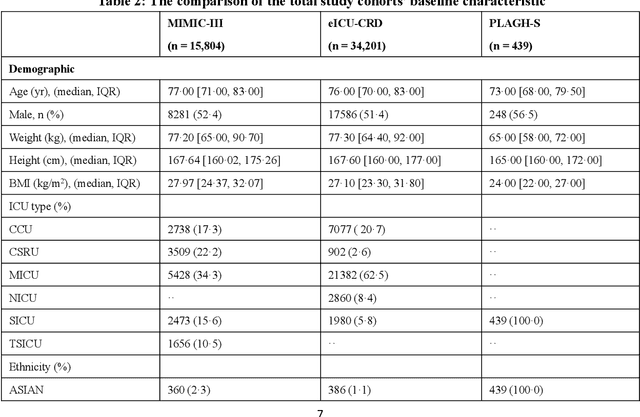Zhi Mao
Dependency-Aware CAV Task Scheduling via Diffusion-Based Reinforcement Learning
Nov 27, 2024



Abstract:In this paper, we propose a novel dependency-aware task scheduling strategy for dynamic unmanned aerial vehicle-assisted connected autonomous vehicles (CAVs). Specifically, different computation tasks of CAVs consisting of multiple dependency subtasks are judiciously assigned to nearby CAVs or the base station for promptly completing tasks. Therefore, we formulate a joint scheduling priority and subtask assignment optimization problem with the objective of minimizing the average task completion time. The problem aims at improving the long-term system performance, which is reformulated as a Markov decision process. To solve the problem, we further propose a diffusion-based reinforcement learning algorithm, named Synthetic DDQN based Subtasks Scheduling, which can make adaptive task scheduling decision in real time. A diffusion model-based synthetic experience replay is integrated into the reinforcement learning framework, which can generate sufficient synthetic data in experience replay buffer, thereby significantly accelerating convergence and improving sample efficiency. Simulation results demonstrate the effectiveness of the proposed algorithm on reducing task completion time, comparing to benchmark schemes.
Wi-Fi 8: Embracing the Millimeter-Wave Era
Sep 28, 2023Abstract:With the increasing demands in communication, Wi-Fi technology is advancing towards its next generation. Building on the foundation of Wi-Fi 7, millimeter-wave technology is anticipated to converge with Wi-Fi 8 in the near future. In this paper, we look into the millimeter-wave technology and other potential feasible features, providing a comprehensive perspective on the future of Wi-Fi 8. Our simulation results demonstrate that significant performance gains can be achieved, even in the presence of hardware impairments.
Interpretable Machine Learning Model for Early Prediction of Mortality in Elderly Patients with Multiple Organ Dysfunction Syndrome (MODS): a Multicenter Retrospective Study and Cross Validation
Jan 28, 2020



Abstract:Background: Elderly patients with MODS have high risk of death and poor prognosis. The performance of current scoring systems assessing the severity of MODS and its mortality remains unsatisfactory. This study aims to develop an interpretable and generalizable model for early mortality prediction in elderly patients with MODS. Methods: The MIMIC-III, eICU-CRD and PLAGH-S databases were employed for model generation and evaluation. We used the eXtreme Gradient Boosting model with the SHapley Additive exPlanations method to conduct early and interpretable predictions of patients' hospital outcome. Three types of data source combinations and five typical evaluation indexes were adopted to develop a generalizable model. Findings: The interpretable model, with optimal performance developed by using MIMIC-III and eICU-CRD datasets, was separately validated in MIMIC-III, eICU-CRD and PLAGH-S datasets (no overlapping with training set). The performances of the model in predicting hospital mortality as validated by the three datasets were: AUC of 0.858, sensitivity of 0.834 and specificity of 0.705; AUC of 0.849, sensitivity of 0.763 and specificity of 0.784; and AUC of 0.838, sensitivity of 0.882 and specificity of 0.691, respectively. Comparisons of AUC between this model and baseline models with MIMIC-III dataset validation showed superior performances of this model; In addition, comparisons in AUC between this model and commonly used clinical scores showed significantly better performance of this model. Interpretation: The interpretable machine learning model developed in this study using fused datasets with large sample sizes was robust and generalizable. This model outperformed the baseline models and several clinical scores for early prediction of mortality in elderly ICU patients. The interpretative nature of this model provided clinicians with the ranking of mortality risk features.
 Add to Chrome
Add to Chrome Add to Firefox
Add to Firefox Add to Edge
Add to Edge